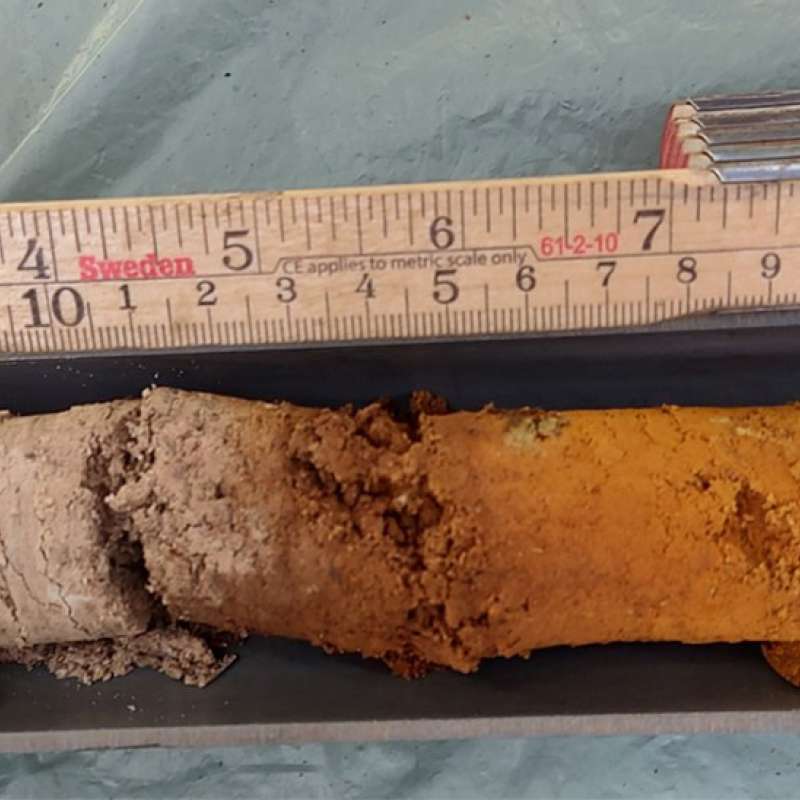Jogeir N. Stokland
Research Professor
Abstract
No abstract has been registered
To document
Authors
Kjersti Holt Hanssen Viktor J. Bruckman Michael Gundale Aigars Indriksons Morten Ingerslev Marju Kaivapalu Dagnija Lazdina Kristaps Makovskis Adam O’Toole Katri Ots Marjo Palviainen Jogeir N. Stokland Iveta Varnagiryte-KabasinskieneAbstract
No abstract has been registered
Abstract
No abstract has been registered

